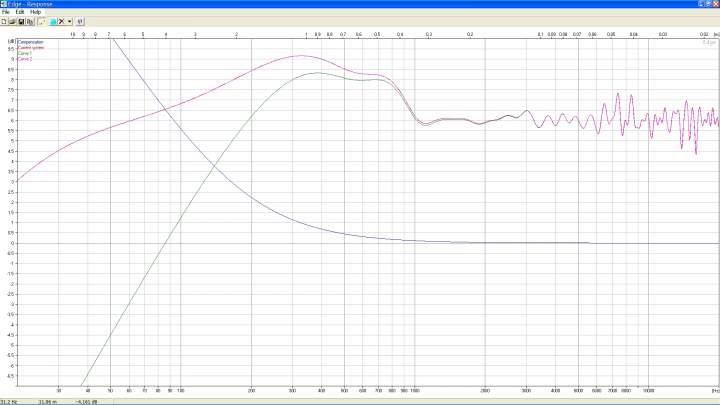
Thanks John for your insight.
After working a lot more with the software, I have a couple specific questions with regard to OB.
I've built a couple baffles to test out some modeled responses. The configuration is a simple 2-way right now. I have an active crossover with basic (parametric) EQ capability built in. The woofer is 12" and the tweeter is a heil.
I've notice in quite a few posts about how people have used the baffle response to basically set xo points. I understand this and how this makes perfect sense regarding 3-way implementation.
It has occurred to me that the baffle size can be changed in such a way that mirrors a xo slope, using a suitable sized woofer, at the desired frequency level. This entails producing a lower mid range "shelf" in the response (driver position/ baffle width/height) and then manipulating that "shelf" roll off to duplicate the xo profile. The "shelf" vs a defined "peak" enables the response to maintain a good low cut response for bass reproduction (after EQ of course).
Would this approach to 2-way xo frequency choice be as valid as those suggestions made when modeling for 3-way configurations? In short, can we use the baffle response in this way (assuming EDGE is reporting an accurate frequency profile) to help extend the frequency response further into the mid range of the 2-way implementation?
To further explain the profile: the first peak encountered occurs @325hz .... extends out to approximately 700hz rolling off from there @ a rate very close to 24db oct (knee). With EQ applied the slope almost perfectly mirrors the LR24db octave profile.
This model appears to make a lot of sense for the drivers I'm working with and the chosen xo point .. looking at the total response. Is my reasoning flawed in some way?